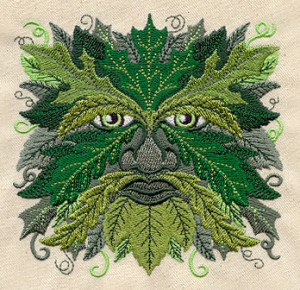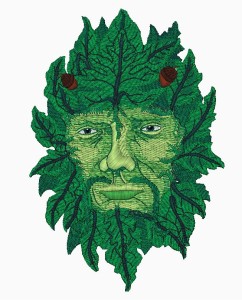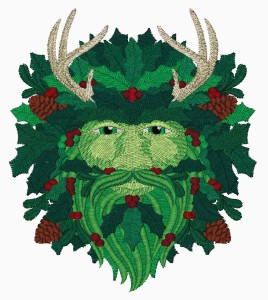Our Blog
No Blarney, we've got the gift of gab!
Green Man
- DateApril 1, 2018
- Categories
 If you have looked at architecture you have probably noticed the image of a man’s face ether made out of leaves, surrounded by greenery or with it coming out of his mouth. This figure is called Green Man. He is found throughout Europe, but seems to have a higher concentration in the Celtic nations and England. His history is a bit convoluted, but here are some tidbits on this curious looking gentleman.
If you have looked at architecture you have probably noticed the image of a man’s face ether made out of leaves, surrounded by greenery or with it coming out of his mouth. This figure is called Green Man. He is found throughout Europe, but seems to have a higher concentration in the Celtic nations and England. His history is a bit convoluted, but here are some tidbits on this curious looking gentleman.
What are his origins? No one knows for certain. Some think he could be connected with the ancient Egyptian god of grain and renewal, Osiris, or even the Greek Dionysus. Because he is found in such abundance in areas where the Celts have settled, others believe he could be an interpretation of the Celtic god of fertility, life, wealth, animals, and the underworld, Cernunnos.
 All of this points to the consensus that Green Man is a symbol of Spring and renewal.
All of this points to the consensus that Green Man is a symbol of Spring and renewal.
Green Man is usually depicted as a middle-aged or older man either surrounded by foliage, being made up of leaves, nuts and other plant matter, or growing plant life out of his mouth, usually, but sometimes from his nose, eyes and ears as well. I know that’s a less than pleasant mental image. On more rare occasions he can be depicted in graveyards and on grave stones as a skull with plants growing out of it. This reiterates the imagery of renewal as the body of man is giving life back to the Earth.
 By all appearances, Green Man would appear to be a pagan symbol, but he is frequently found in and on churches, chapels, abbeys and cathedrals. He can be carved in stone or wood. The earliest known appearance is St. Abre, in St. Hilaire-le-grand, c. 400 AD. He is depicted there with the flora coming from his mouth. No one knows for sure why he is found in such abundance in ecclesiastical buildings, but one interpretation is that it could be the Holy Spirit breathing out life upon the world. That is one of the most positive interpretations.
By all appearances, Green Man would appear to be a pagan symbol, but he is frequently found in and on churches, chapels, abbeys and cathedrals. He can be carved in stone or wood. The earliest known appearance is St. Abre, in St. Hilaire-le-grand, c. 400 AD. He is depicted there with the flora coming from his mouth. No one knows for sure why he is found in such abundance in ecclesiastical buildings, but one interpretation is that it could be the Holy Spirit breathing out life upon the world. That is one of the most positive interpretations.
Where did the Green Man get such a title? He can thank Julia Somerset, Lady Raglan. It was she who coined the term for the architectural feature in her article “The Green Man in Church Architecture” for The Folklore Journal in 1939. Since then the name has stuck, at least in English.
 Green Man has seen many revivals. He was first popular in Medieval Europe for the ecclesiastical buildings. He found resurgence in the Renaissance period in manuscripts, metalwork and stained glass. The Victorians cultivated him in their Neo-Gothic architecture. This is when he really found his way to the United States. Now, he can often be seen in the Neo-pagan, New Age, and Wiccan circles where he is depicted as a cross between Cernunnos and Pan and called The Horned God.
Green Man has seen many revivals. He was first popular in Medieval Europe for the ecclesiastical buildings. He found resurgence in the Renaissance period in manuscripts, metalwork and stained glass. The Victorians cultivated him in their Neo-Gothic architecture. This is when he really found his way to the United States. Now, he can often be seen in the Neo-pagan, New Age, and Wiccan circles where he is depicted as a cross between Cernunnos and Pan and called The Horned God.
This enigma that is Green Man has crossed cultures and has lived through the centuries. Create your own opinions on what he is and what his past may be.
Find what we have with Green Man on it here:
